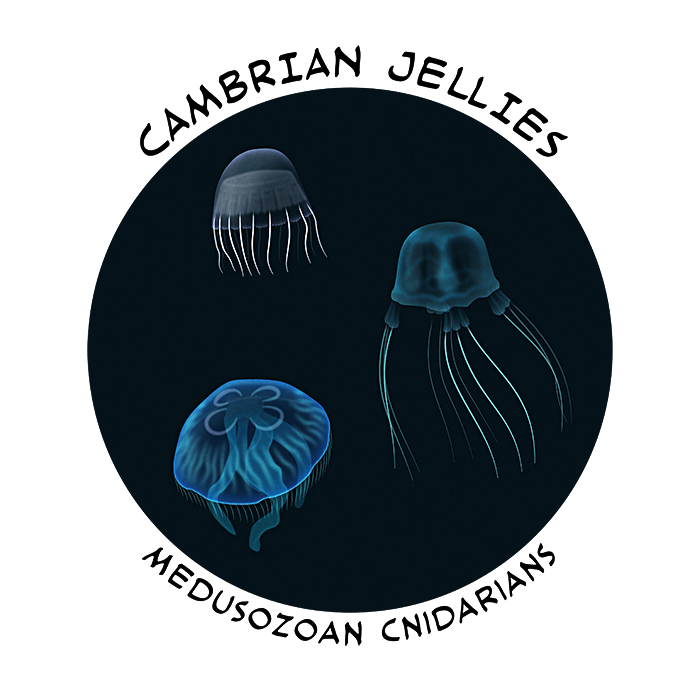Modern hemichordates and echinoderms are the closest living relatives of each other, part of a larger lineage of deuterostome animals known as ambulacrarians – but they also seem to have had some other strange cousins during the Cambrian.
Cambroernids were a bizarre group with branching feeding tentacles and a gut enclosed in a coiled sac. They came in a range of forms from worm-like to cup-like to disc-shaped, and despite their fossils being known since the early 1900s their evolutionary affinities were a longstanding problem. Various species had been interpreted in the past as sea cucumbers, jellyfish, tunicates, gnathiferans, or lophophorates, but in recent years they’ve been recognized as all being related, and linked to the ambulacrarians.
And it’s still not entirely clear where in that group they actually belong. They were probably a weird early stem lineage, but they might also be early stem-hemichordates or stem-echinoderms.
Continue reading “Cambrian Explosion Month #14: Phylum(?) Cambroernida”
